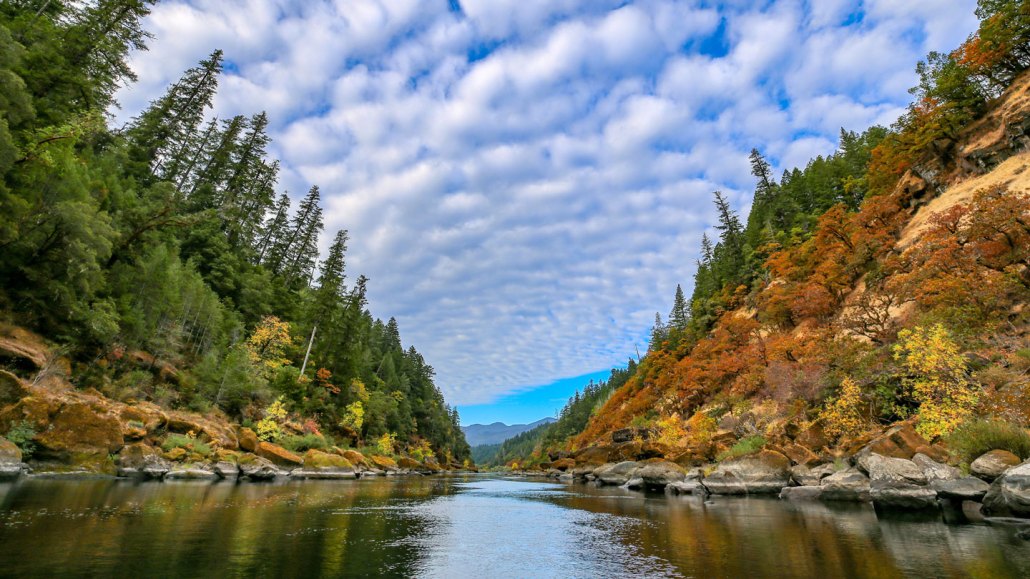Heat waves in U.S. rivers are on the rise. Here’s why that’s a problem
The temperature spikes can cause trouble for fish, plants and water quality

Of the rivers analyzed in a new study, the Rogue River (shown) near Agness, Ore., has had the greatest increase in heat wave frequency since 1996. This extreme heat could harm the many salmon relying on the river for survival.
christiannafzger/istock/getty images plus







